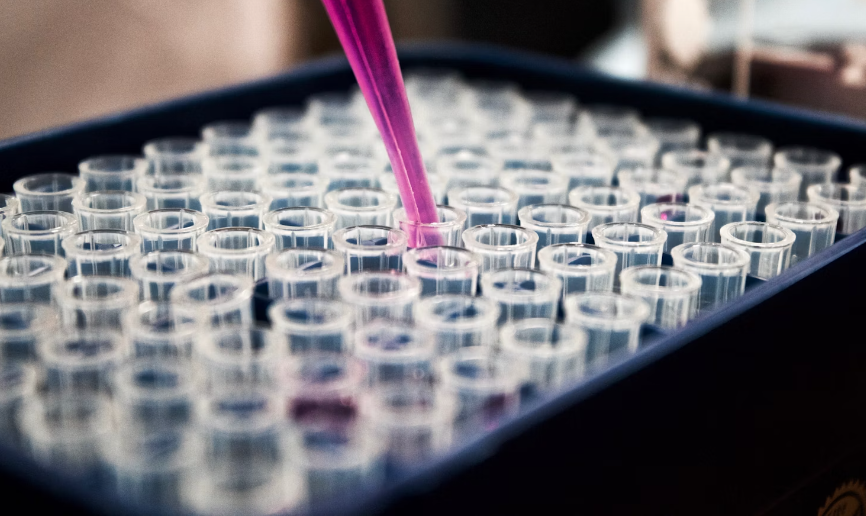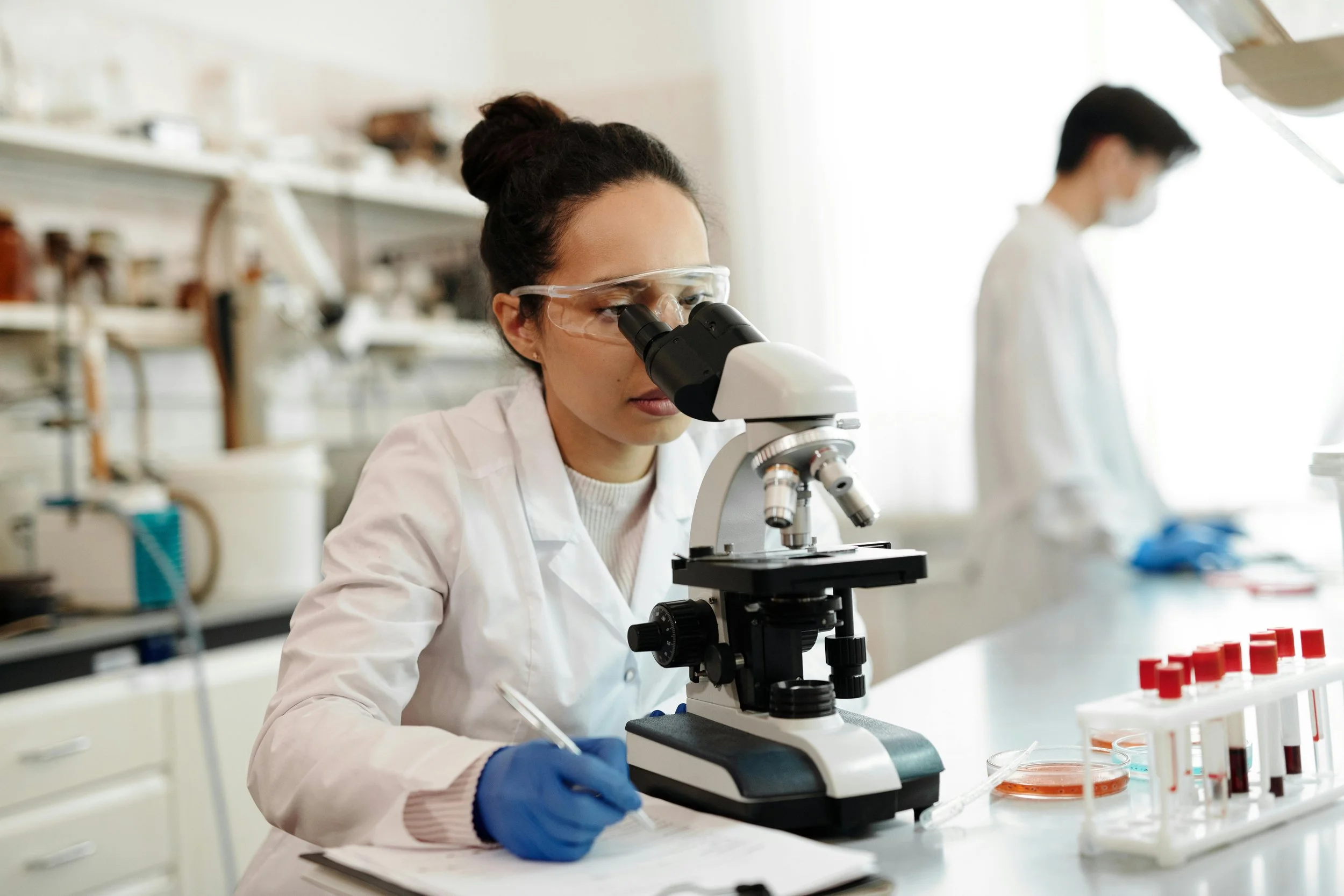
Accurate and Reliable
Accurate and Reliable Results:
At SuretyDNA we honor our client’s confidentiality through a combination of policies, procedures, and technologies designed to protect their privacy. These are our key measures implemented: SuretyDNA achieves high accuracy and reliability in their results through a series of well-established scientific and procedural steps. Our paternity tests are conducted with cutting-edge technology and rigorous standards, ensuring over 99.99% accuracy in results. You can trust the outcome to be precise and dependable. Here’s an overview of how we ensure accuracy and reliability:
1. DNA Collection and Handling
Sample Collection:
A buccal (cheek) swab is primarily used for DNA collection. It is non-invasive and provides high-quality DNA.
A blood sample is collected from the maternal parent for the Non-Invasive Prenatal Test
Chain of Custody:
To maintain the integrity of the sample, a strict chain of custody is followed, for legal cases each step is carefully documented.
This involves documenting the collection, transfer, and storage of the sample to ensure it has not been tampered with or contaminated.
2. DNA Extraction and Analysis
Extraction:
DNA is extracted from the collected cells using standardized chemical processes that ensure high purity and concentration of DNA.
Through the use of a PCR Amplification: Polymerase Chain Reaction, which the DNA is amplified to allow for the analysis of specific DNA regions.
Short Tandem Repeats Analysis:
STRs are specific areas of DNA that vary greatly among individuals.
15-20 STR loci are analyzed. The more loci tested, the higher the accuracy.
These loci are compared between the alleged father and the child.
3. Matching and Statistical Analysis
Comparison:
The STR profiles from the child and the alleged father are compared.
Each locus will have two alleles, one inherited from the mother and one from the father.
Probability Calculation:
The likelihood ratio or probability of paternity is calculated using population genetics.
A Probability of Paternity (POP) is then determined. A POP of 99.99% or higher is typically considered conclusive for paternity.
4. Quality Control and Accreditation
Quality Assurance:
Our partnered Laboratories follow stringent quality control protocols to prevent errors, this includes duplicate testing and blind sample testing.
Controls and standards are always included in every test batch to ensure reliability.
Accreditation:
Our Partnered Laboratories are accredited by the American Association of Blood Banks (AABB)
This accreditation ensures our labs adhere to high standards of testing accuracy, reliability, and ethical practices.
5. Reporting
Result Reporting:
Results are always reviewed by multiple qualified scientists before being reported.
Your final report clearly states the probability of paternity and includes the profiles of the tested individuals.





